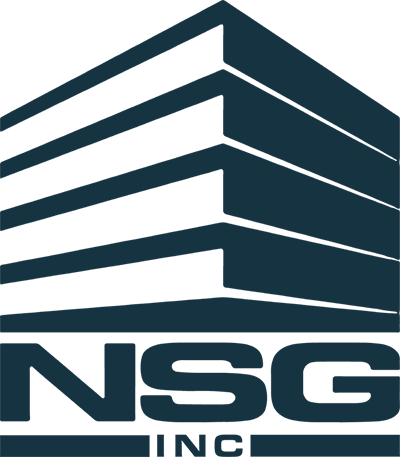In the realm of facility management, we know that staying ahead of maintenance issues is paramount to the smooth operation of buildings and infrastructure. Preventative maintenance is a proactive approach to maintenance that focuses on addressing potential problems before they escalate, and plays a crucial role in preserving the functionality, safety, and longevity of facilities. While our maintenance services always practice preventative maintenance, its important to understand the importance and how to implement your own strategy if a building manager is tasked with it themselves. Here, we dive into the importance of preventative maintenance for facilities and explore best practices for implementing an effective preventative maintenance program.
Understanding Preventative Maintenance
Preventative maintenance involves regularly scheduled inspections, repairs, and upkeep tasks aimed at preventing equipment failures, minimizing downtime, and extending the lifespan of assets. Unlike reactive maintenance, which involves addressing issues after they occur, preventative maintenance aims to identify and resolve potential problems proactively, thereby reducing the likelihood of costly repairs and disruptions to operations.
The Benefits of Preventative Maintenance
Increased Reliability: By addressing minor issues before they escalate into major problems, preventative maintenance helps enhance the reliability and performance of facility systems and equipment. Regular maintenance tasks such as lubrication, cleaning, and calibration can prevent wear and tear, ensuring that assets operate smoothly and efficiently.
Cost Savings: While preventative maintenance requires an upfront investment of time and resources, it ultimately leads to significant cost savings over time. By preventing breakdowns, equipment failures, and emergency repairs, preventative maintenance helps avoid costly downtime, repair expenses, and potential damage to property and assets.
Extended Equipment Lifespan: Regular maintenance and upkeep can extend the lifespan of facility equipment and infrastructure, reducing the need for premature replacements and upgrades. Properly maintained assets are less likely to experience premature wear and deterioration, allowing facilities to maximize the return on their investment in capital assets.
Improved Safety and Compliance: Preventative maintenance helps ensure that facility systems and equipment operate safely and in compliance with regulatory standards and guidelines. Regular inspections and maintenance tasks can identify potential safety hazards, such as faulty wiring or malfunctioning machinery, allowing organizations to address them promptly and mitigate risks to occupants and personnel.
Best Practices for Implementing Preventative Maintenance
Develop a Maintenance Schedule: Establish a comprehensive maintenance schedule that outlines the frequency and scope of maintenance tasks for each facility system and asset. Regularly inspect and service equipment based on manufacturer recommendations, industry best practices, and regulatory requirements.
Utilize Maintenance Management Software: Invest in maintenance management software to streamline the scheduling, tracking, and documentation of preventative maintenance activities. These software tools help facilities managers organize work orders, track maintenance histories, and generate reports to support data-driven decision-making.
Train Staff and Contractors: Ensure that maintenance personnel and contractors are properly trained to perform preventative maintenance tasks effectively and safely. Provide ongoing training and professional development opportunities to keep staff abreast of emerging technologies, best practices, and industry standards.
Implement Condition-Based Monitoring: Supplement scheduled maintenance tasks with condition-based monitoring techniques, such as vibration analysis, thermography, and oil analysis. These predictive maintenance methods can detect early signs of equipment failure and provide insights into the health and performance of critical assets.
Preventative maintenance is a cornerstone of effective facility management, offering numerous benefits including increased reliability, cost savings, extended equipment lifespan, and improved safety and compliance. By adopting a proactive approach to maintenance, or partnering with a facility maintenance company like NSG, facilities can minimize downtime, reduce operational costs, and ensure the optimal performance and longevity of their assets. With proper planning, investment, and execution, preventative maintenance can serve as a strategic tool for enhancing the efficiency, resilience, and sustainability of facilities in the long term.

